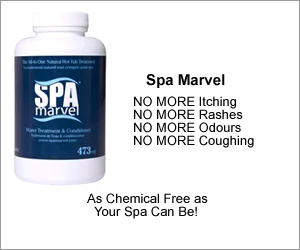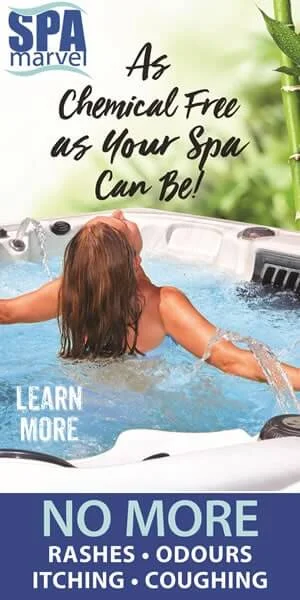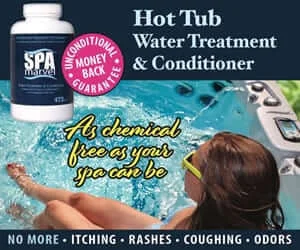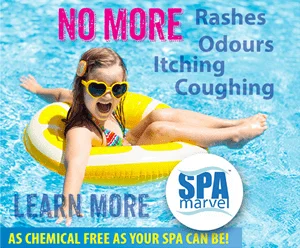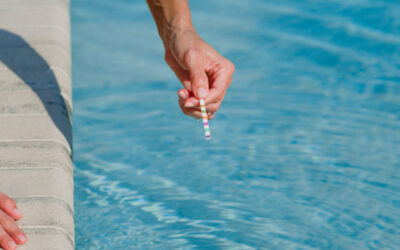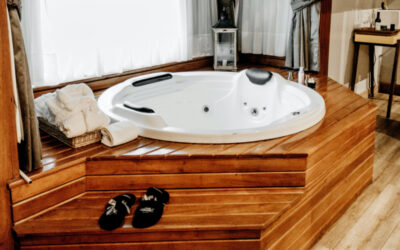The Truth About Hot Tub Rash – and How to Prevent It
Having a spa is a luxury many of us are able to enjoy. There’s nothing nicer than slipping into the hot tub at the end of a long day! However, sometimes a soak in the spa can leave behind an uncomfortable skin condition known as hot tub folliculitis, or hot tub rash. This uncomfortable condition, formally called pseudomonas dermatitis, is usually characterized by red bumps that can be itchy or painful. Hot tub rash can be caused by bacteria that fester in the warm water of any tub, but the bacteria that cause it thrives particularly well in the damp wood that frames so many spas.
It’s not the only rash that can be caused by hot tub use. Chlorine rash, a type of contact dermatitis, is another common spa-related skin irritation. This is a more typical rash: itchy and scaly or raised, it’s easily treated with over-the-counter cortisone creams.
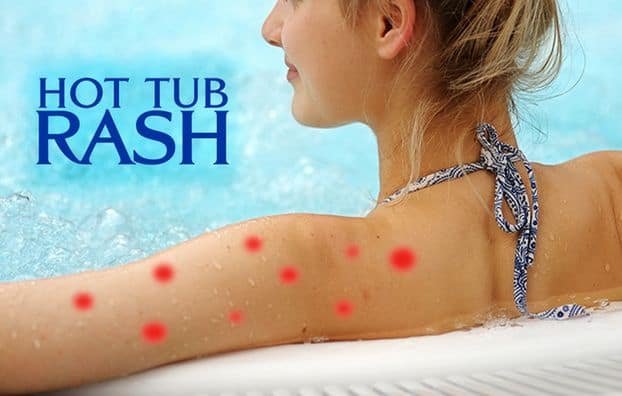
Generally, most people assume that the rash or other skin irritation they develop after soaking has been caused by chlorine intolerance, but that’s not always the case. There are a few factors that can contribute to hot tub folliculitis, chlorine rash, and other skin ailments. Fortunately, they’re all easily preventable – and easily addressed.
- Water pH: If the alkalinity and/or pH of your spa water is low, then it’s actually acidic. Acidic water, as you might imagine, can be irritating to soak in. For some, this will be worse than others, depending on their skin type and tolerance. Some may experience itching on their back and calves, but others may have a much more severe reaction, including rashes and even burns. (Spa owners should also note that acidic water will wear away the rubber and vinyl components of your spa!)Chlorine and bromine have a lot to do with the pH balance of the water in your spa. As chlorine is added to the water, it turns to chlorous acid, and that acidity lowers the alkalinity. Similarly, bromine turns to bromous acid. So, adding these chemicals to the water may over time, cause the water to become acidic – and irritating to the skin.
As a helpful note, Spa Marvel Water Treatment & Conditioner naturally clears the path for chlorine, allowing it to work much more efficiently. It will take a lot less chlorine to maintain desired levels with Spa Marvel in your spa than without. This will usually eliminate the problem of chlorine rash.
- Bacteria: Warm water can be a very happy place for all kinds of bacteria and microorganisms, many of which can cause skin irritation. Sanitizers like chlorine and bromine will kill these nasty germs – but spa owners have to remember to add these chemicals! If a bunch of people soak in the spa and exhaust the resources of the bit of chlorine that remains, the bacteria will have a hot tub party of their own.Spa Marvel isn’t a substitute for bacteria-killing chemicals, but it can act as a safety net, creating an inhospitable environment for rash-causing germs. This can dramatically reduce the risk of hot tub folliculitis and similar irritations.
- Water treatment chemicals: Chlorine and bromine aren’t the only chemicals used to maintain hot tubs. In fact, when you use less chlorine, you actually need to shock your tub less frequently. (Shocking is the best way to free your spa water from contaminants, including excess bromamines or chloramines.) However, chlorine-free shock products that contain monopersulfate, (also known as MPS, potassium monopersulfate and potassium peroxymonosulfate) can cause uncomfortable skin issues. Monopersulfate can cause severe reactions for some people, with irritations that are similar to those caused by poison ivy.These chemicals can cause severe burns in some people, as well as reactions similar to other common, itchy rashes. If you or your guests suffer from unknown skin irritations in your spa, try discontinuing the use of the shock for a couple of weeks, and shock the water if and as necessary with chlorine instead.
- Hot water: For some bathers with sensitive skin, hot water alone can cause irritation. These fragile folks should limit the time they spend in a spa and reduce the water temperature and perhaps take a cool shower once they’re out.
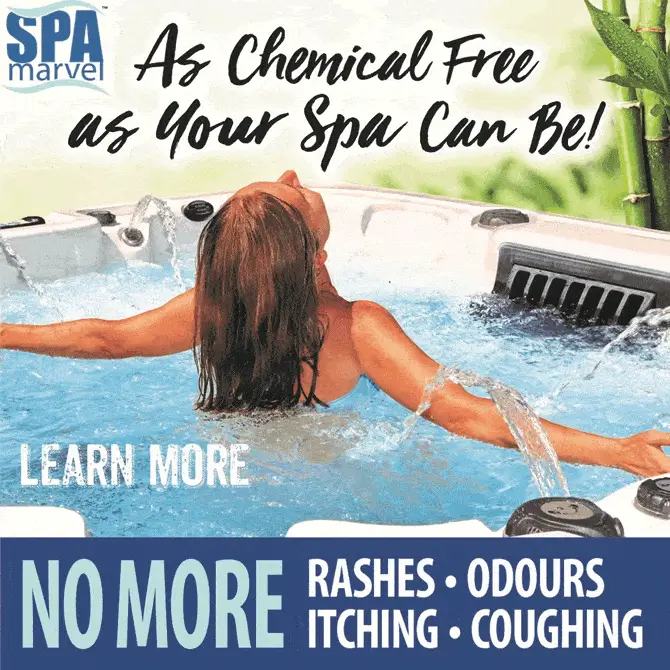
Hot water and chemicals can irritate skin, but that doesn’t mean those prone to rashes and other problems need to stay out of the spa. A well-maintained, clean hot tub can be enjoyed by most people. In fact, even those with conditions like eczema and psoriasis can spend time relaxing in a hot tub. Spa Marvel helps to alleviate skin conditions like these in a couple of ways: it allows spa owners to use fewer chemicals (which means you and your guests are soaking in fewer chemicals) and Spa Marvel has an inherent moisturizing agent that often improves the skin condition. Spa Marvel even has customers who use our products in their bath water and directly on their skin to alleviate their symptoms!
With a spa that has balanced water and is free of bacteria and contaminants, there’s no need to worry about hot tub rash – or any other skin irritations. You can just enjoy a soak in the hot tub, and all the benefits of rest and relaxation that come along with it.



